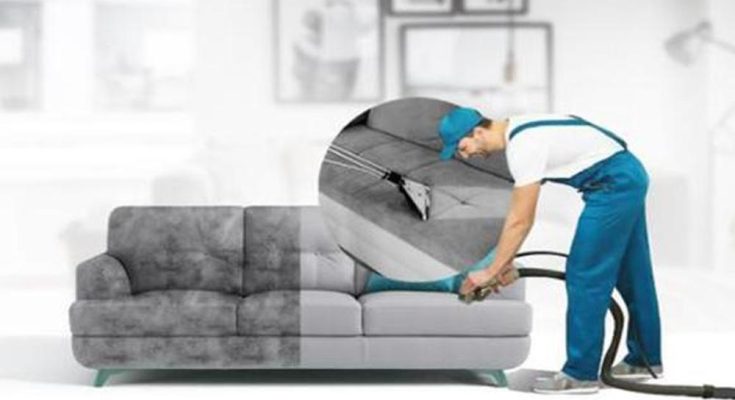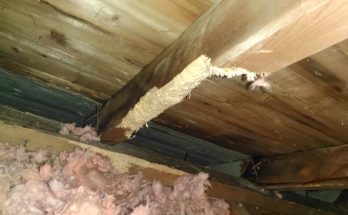Sofa Repair are one of the most essential pieces of furniture in a home. They are not only comfortable but also serve as a centerpiece in living rooms. However, over time, sofas can become worn out, stained, or even damaged, making them look unsightly and uncomfortable to use. When your sofa starts to show signs of wear and tear, it’s time to consider repairing it.
Sofa Repair are not just a piece of furniture but an investment in your home’s interior design. They add style and comfort to your living room, making it a welcoming and relaxing space for your family and guests. However, over time, your sofa will start to show signs of wear and tear, and this can negatively impact its appearance and comfort. This is where sofa repair comes in. Repairing your sofa can extend its lifespan, save you money, and help you maintain your home’s aesthetic appeal.
Signs that Your Sofa Needs Repair that you should focus on
Several signs indicate that your sofa needs repair. The first sign is visible damage to the sofa’s frame or legs. This could be due to wear and tear, an accident, or even pet damage. The second sign is sagging or lumpy cushions, which can make your sofa uncomfortable to sit on. The third sign is stains or discoloration on the sofa’s fabric, which can be unsightly and difficult to remove. The fourth sign is a strange odor emanating from your sofa, which could be due to spills, pet odors, or mold growth. If you notice any of these signs, it’s important to consider repairing your sofa.
Sofa repair is an important process that can help you extend the lifespan of your sofa and maintain your home’s aesthetic appeal. If you notice any signs of wear and tear on your sofa, it’s important to take action as soon as possible. By following the sofa repair process outlined in this article, you can restore your sofa’s comfort and appearance and enjoy it for many more years to come.
The Sofa Repair Process for proper repairing
The sofa repair process typically involves the following steps:
Step 1: Inspection and Assessment The first step in repairing your sofa is to inspect it thoroughly and assess the extent of the damage. This will help you determine the best course of action and the cost of the repair.
Step 2: Frame and Structural Repair If the damage to your sofa’s frame or structure is extensive, it may need to be repaired or replaced. This will involve removing the old frame and replacing it with a new one.
Step 3: Cushion Repair If your sofa’s cushions are sagging or lumpy, they can be repaired or replaced. This will involve adding new padding to the cushions or replacing them altogether.
Step 4: Fabric Repair or Replacement If your sofa’s fabric is stained, torn, or damaged in any way, it may need to be repaired or replaced. This will involve removing the old fabric and replacing it with a new one.
Step 5: Final Touches Once the repair work is complete, the final step is to add any finishing touches, such as decorative accents, to make your sofa look as good as new.




